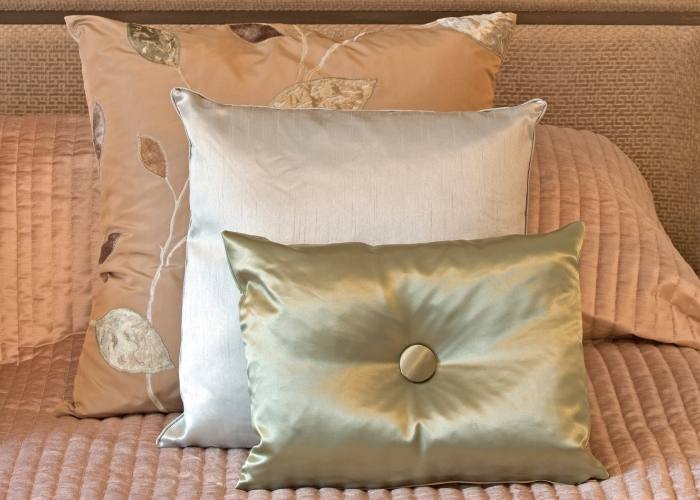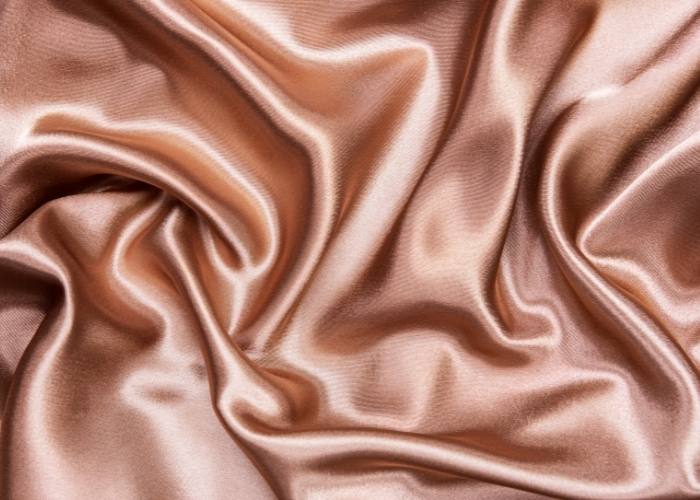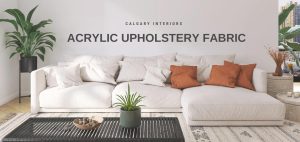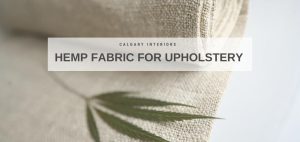Acetate Fabric for Upholstery
If you are reupholstering furniture in your home, this can be a fun project– you have endless fabric options to choose from, all with different properties that can take your furniture in all sorts of different directions! However, it is important that you do your research on the fabrics that you are choosing between.
Acetate fabrics, for instance, have the appearance of silk, which can make it a very luxurious upholstery choice. You will want to know factors such as its stain resistance or durability as well, though, before making any final decisions.
Read on to learn more about this specific fabric’s properties.
Advantages of Acetate Fabric
All fabrics have a set of advantages and disadvantages, which you should be sure to take into account when making a fabric choice.
Read on for some of the advantages of acetate fabric.
Appearance
One of the great pros of acetate fabric is its appearance! It has a soft, silky feel and a subtle luster like that of satin or silk. This can make acetate a good choice for pillows or other upholstered accents, especially if you are trying to match a piece of furniture to a luxe vibe in a particular room. Acetate can be a more affordable option than silk or satin, while still giving you the appearance of other luxurious fabrics and having a silk like quality.

Pilling
Another great thing about acetate fabric is that it does not pill! Pilling is when the fibers in a fabric begin to lump up into little balls on the surface of the textile. This often happens with sweaters and clothing, too. There are several fabric options that do pill over time, so this is definitely something to keep in mind. In this regard, your acetate fabric will last longer and will look less worn out than some of the other options out there.
Sustainability
Acetate is a semi synthetic fiber, so it can be considered to be a more eco friendly and sustainable option than some other upholstery fabric out on the market today. It is made from cellulose, which is collected from wood pulp and then spun into the fibers that make up the textile itself. This means that the fabric is also biodegradable! As many homeowners are concerned with using environmentally friendly materials in their home, this can be another reason to go with acetate.
Disadvantages of Acetate Fabric
Of course, acetate has its own disadvantages, too. Take a look below at some of the disadvantages of acetate, which you should be aware of before you make any final choices for your upholstery project.
Durability
While acetate is a lovely fabric choice, it is not one of the most durable choices, unfortunately. It tears easily and is also sensitive to high temperatures. This makes it a poor choice for furniture that is going to see a lot of use, or for furniture in a home with small children or pets. However, it could still be used for accents such as pillows or more decorative furniture pieces as it is a bit more of a delicate fabric.
Wrinkles
Another disadvantage of acetate is that it is not wrinkle resistant, so sitting on it may cause the fabric to bunch, wrinkle, or crease. This can drastically affect the look of the piece of furniture, making it more worn out in appearance. Even if the piece is fairly new, it runs the risk of looking old quickly. This could lead to you having to reupholster the piece– again!– sooner than you wanted to.

Sustainability
Yes, sustainability is in the pros section, but it is also here in the cons section! This is because acetate is not truly as sustainable as it is marketed to be. The process to turn wood pulp into fibers often uses chemicals, so the fabric is not as natural as you may think it is when you see the sustainable or eco friendly label. It is something to be aware of and look into further if this is a concern.
Frequently Asked Questions
What are the disadvantages of acetate fabric?
Every fabric has its own set of pros and cons, which are important to be aware of before you choose them for any project. Some of the disadvantages of acetate fabric are poor durability, low abrasion resistance, and low wrinkle resistance. All of this makes acetate fabric a poor choice for upholstery or furniture that is expected to see a lot of wear and tear around your home.
What is acetate fabric used for?
Acetate fabric is similar to silk, so due to its silk like qualities, this fabric is often used for clothing, mainly evening attire such as formal shirts, as well as evening gowns or wedding dresses. It can also be used for drapes or curtains, linings on garments, and furniture upholstery or pillows. However, it is not very durable, so should probably not be used for upholstery projects that will see a lot of wear and tear. For instance, if you have children or pets that will be climbing on the furniture, you might want to stay away from acetate.
What is the most durable fabric for upholstery?
One of the best and most durable upholstery fabric is microfiber. It, as well as leather, are the best choices for furniture that is expected to get beat up a little bit! It is important, however, that you choose a microfiber option that says it is 100 percent polyester. This will ensure that the fabric does not stain or fade, and any spills will not leave water stains or spots, either. Part of the durability of this fabric option is due to its 100 percent polyester fiber content.
What is acetate fabric similar to?
Acetate fabrics are a semi synthetic fabric. It has a soft touch and shiny appearance, similar to natural silk fabric. This makes it a good alternative to silk if you are looking for a cheaper option that will still have a similar appearance. It is made from spun filaments of cellulose that are taken from wood pulp– which is why it is a semi synthetic, rather than an entirely natural or entirely synthetic fiber.
If you would like to learn more about other upholstery fabric options good for both indoor and outdoor furniture, visit our post on How to Choose Upholstery Fabric.

